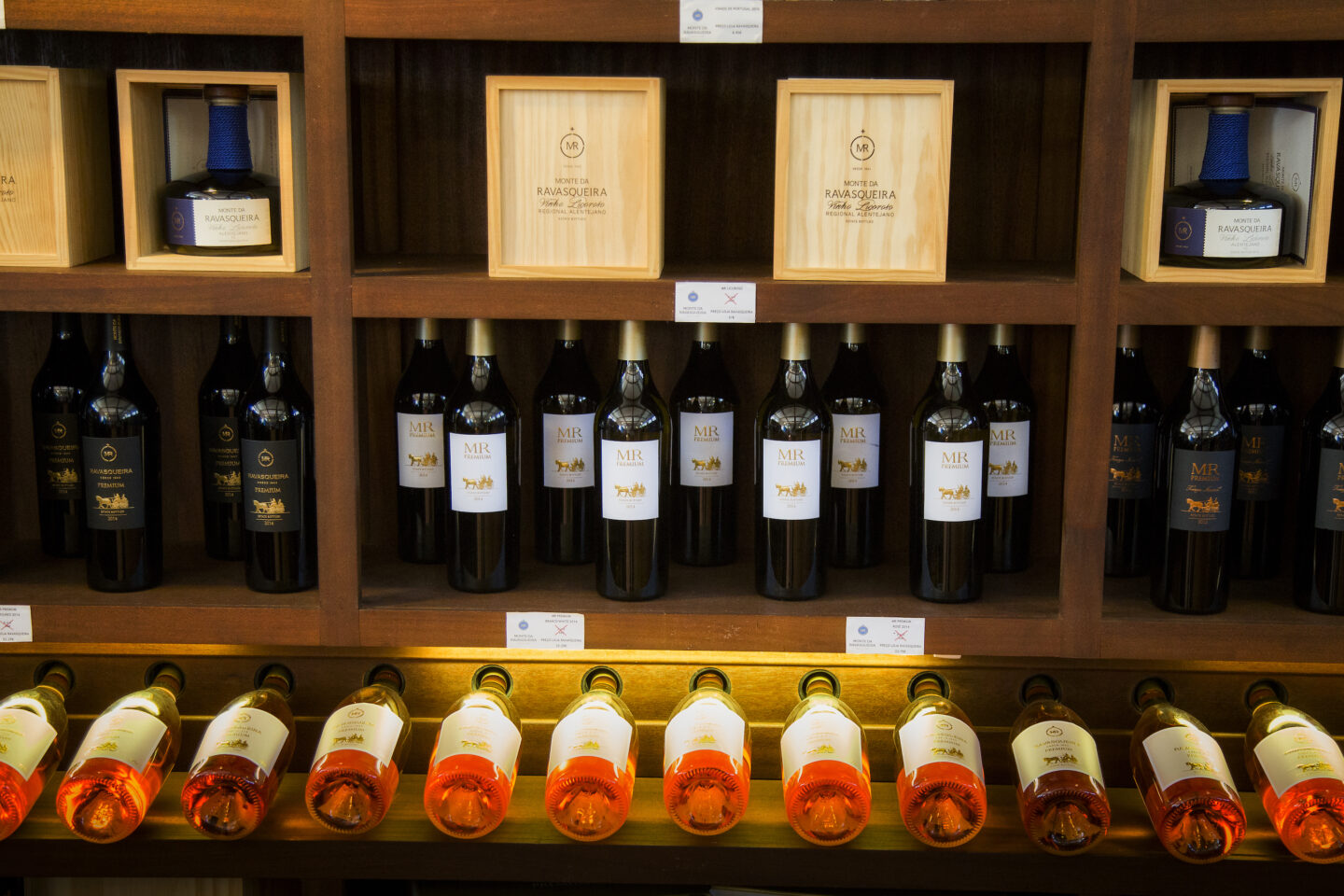
Between mountains and valleys, along rivers and by the sea, Portugal produces wines with strong character for really every situation. Time to go on a long-distance glass trip, after all, a red wine bottle mail with Portugal wine sailed into my home bar. How these red wines taste, why they are also fun for beginners and give an impression of Portugal wine, you can read here.

Portugal wines – magic of mountain and valley
Wines from Italy, South Tyrol, Spain or Austria I have already presented some here, next goes the long-distance glass journey in a country that is also already as a vacation destination on my bucket list, I’ve already stumbled across some cool locations that absolutely must be visited live. How does a winery with a pool in the middle of the vines sound? But back to that wine bucket list for now. All eyes on the Portugal wine – and the graphic below shows where the fruit salads all come from.

Vine care by hand: As here at Herdade do Coelheiro in the Alentejo wine region, a lot of time is invested in the wine.
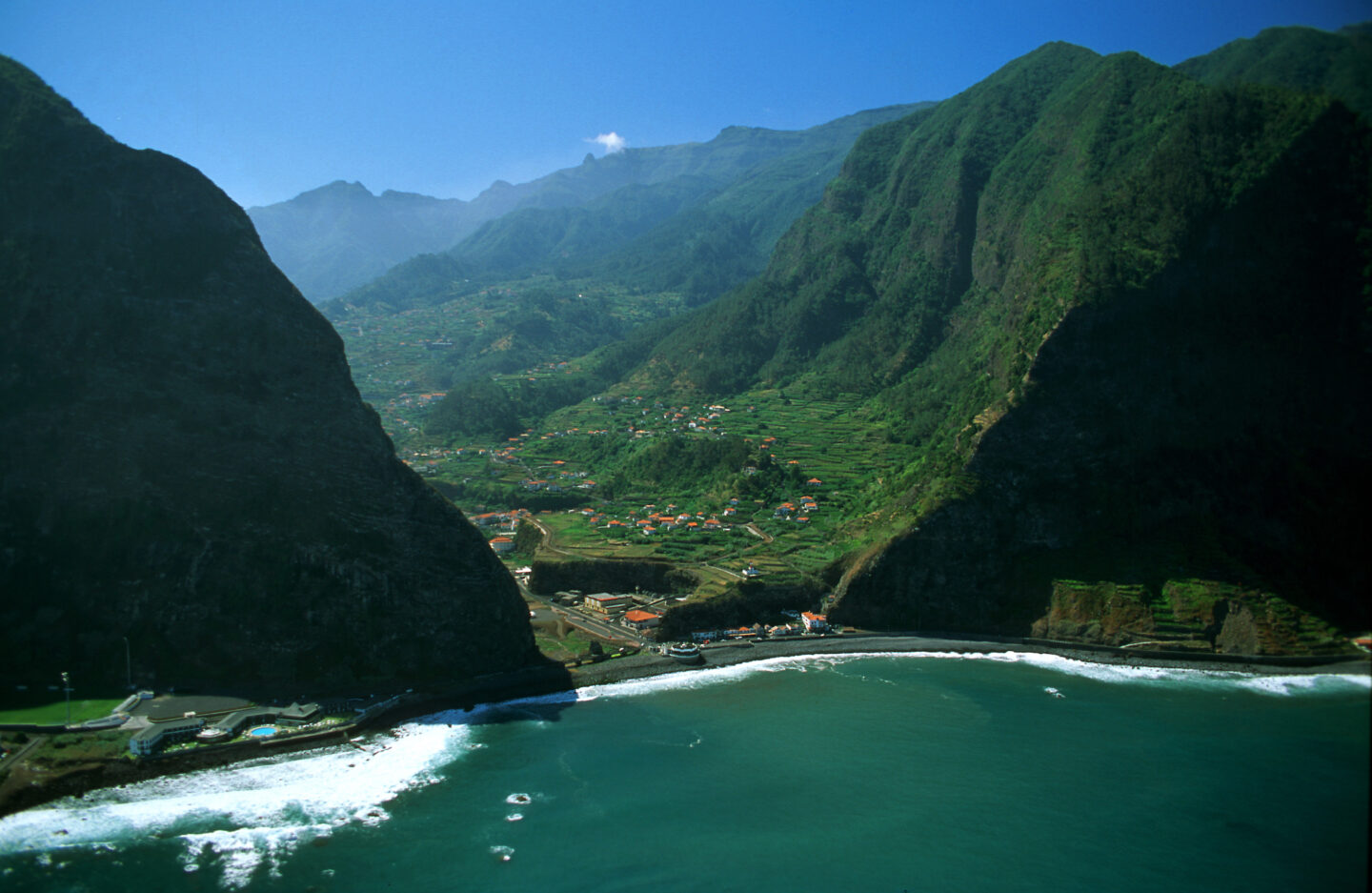
Sites with perspective: On the island of Madeira, viticulture is one or two terraced levels more exciting.

The map shows a nice overview of the different wine regions and their topography. Some grow up in a hood with sea-air, others along a river, all take the distinctive features of the growing region and the soil, and bring these origin notes into the bottle. that’s what makes the wine journey through Portugal so exciting.
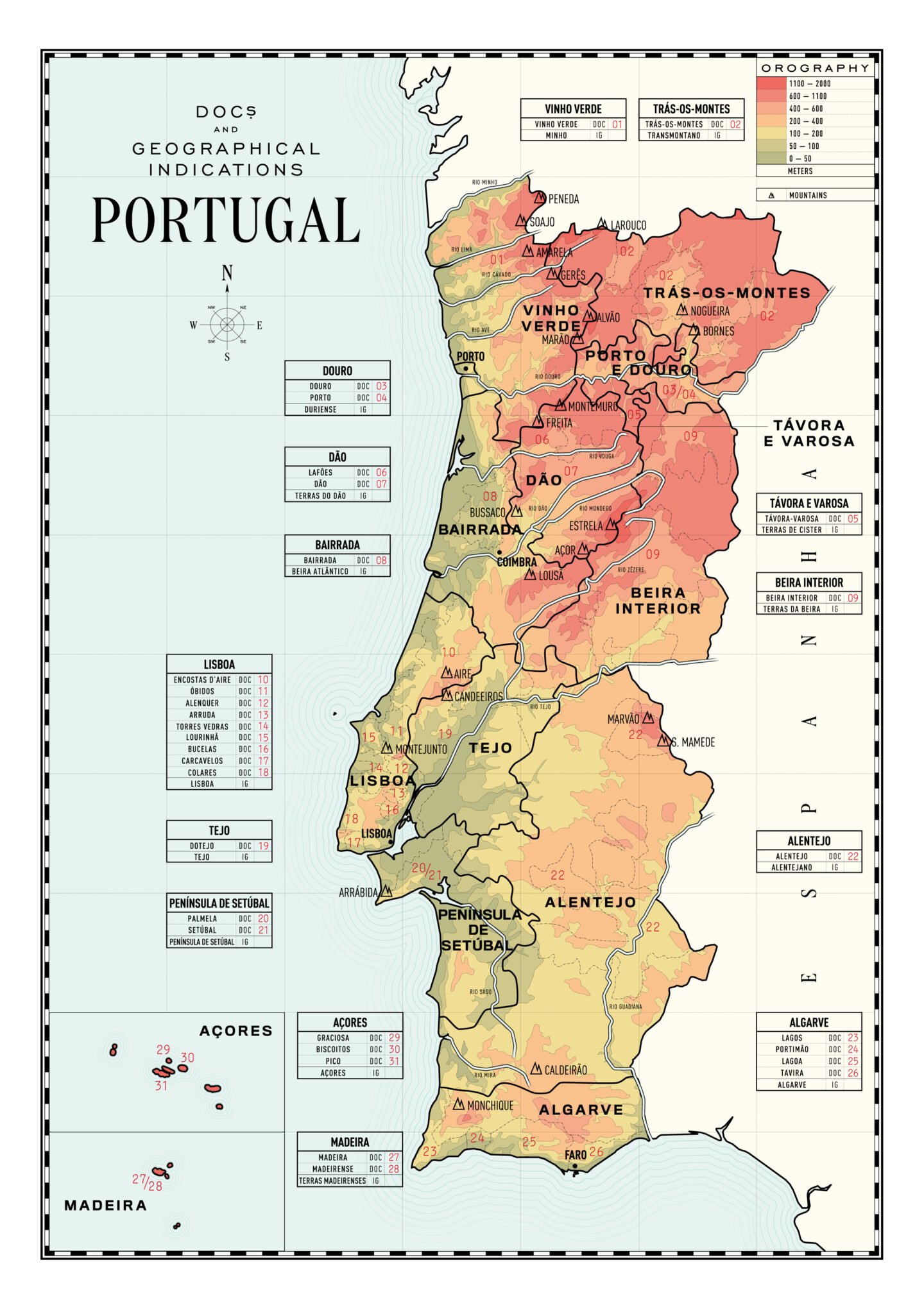
On the map you get an impression of the different growing areas.
The Vinho Verde region, for example, is one of the most original and characteristic regions of Portugal, characterized by the extreme influence of the Atlantic Ocean, in a green and humid landscape with cool temperatures and abundant rainfall. Douro, on the other hand, is one of the wildest and most rugged regions of Portugal, characterized by the valley of the Douro River and the poverty of the slate soils. The Setúbal peninsula, on the other hand, varies between flat, sandy areas and the mountainous landscape of the Serra da Arrábida. And the famous Alentejo is a region of rolling plains and relatively flat landscape that covers almost a third of mainland Portugal. I have deliberately listed here regions in which mainly red wines are grown, because the first part of the wine buying list for Portugal wine is about red wines, to which beginners can dare with a clear conscience to get to know the country in many facets and wine styles. If you want to know more, you can, best with a glass of Portugal wine, inform yourself even further and go deeper on www.winesofportugal.com/en/
Portugal Wine: Facts & Figures
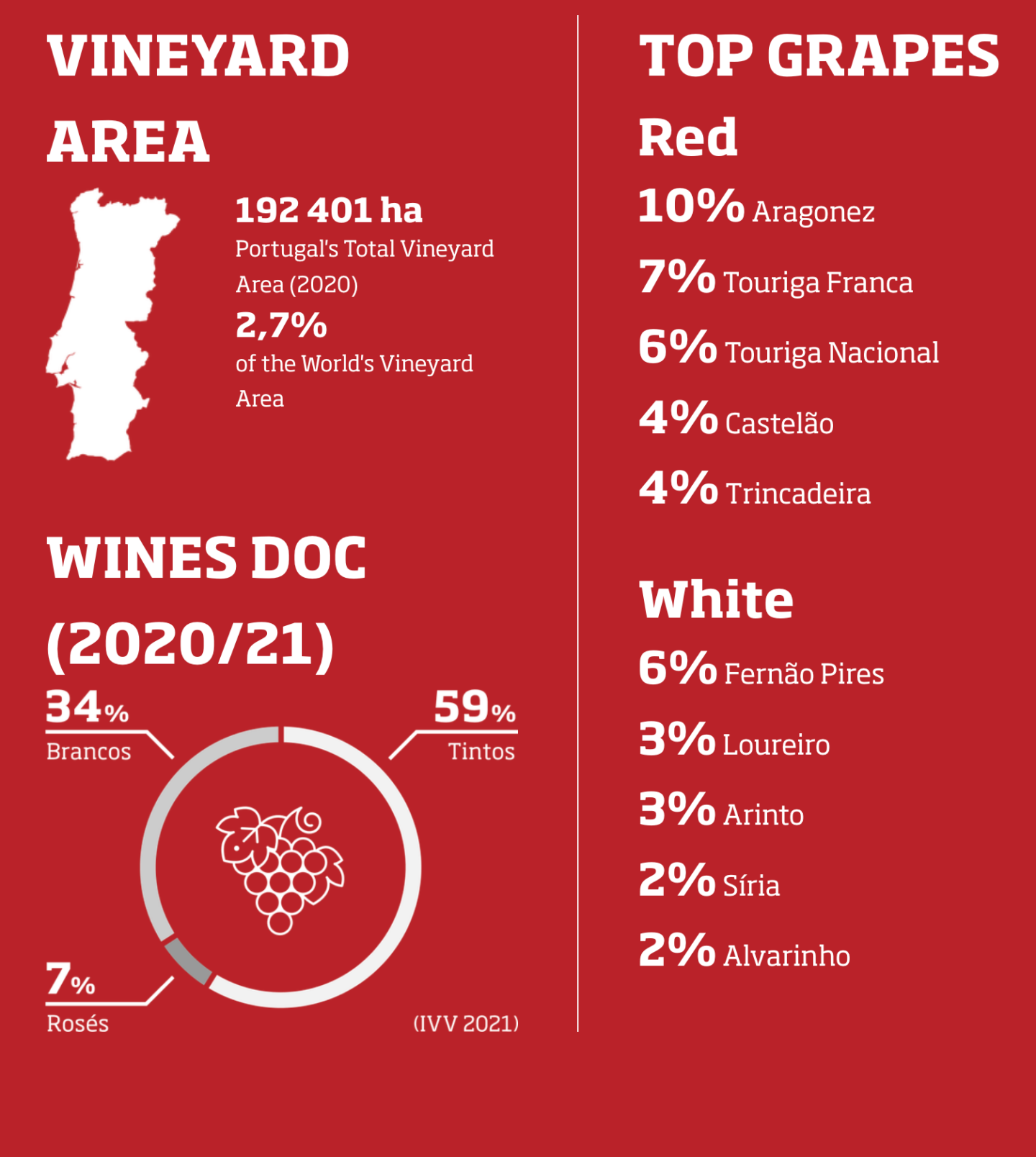
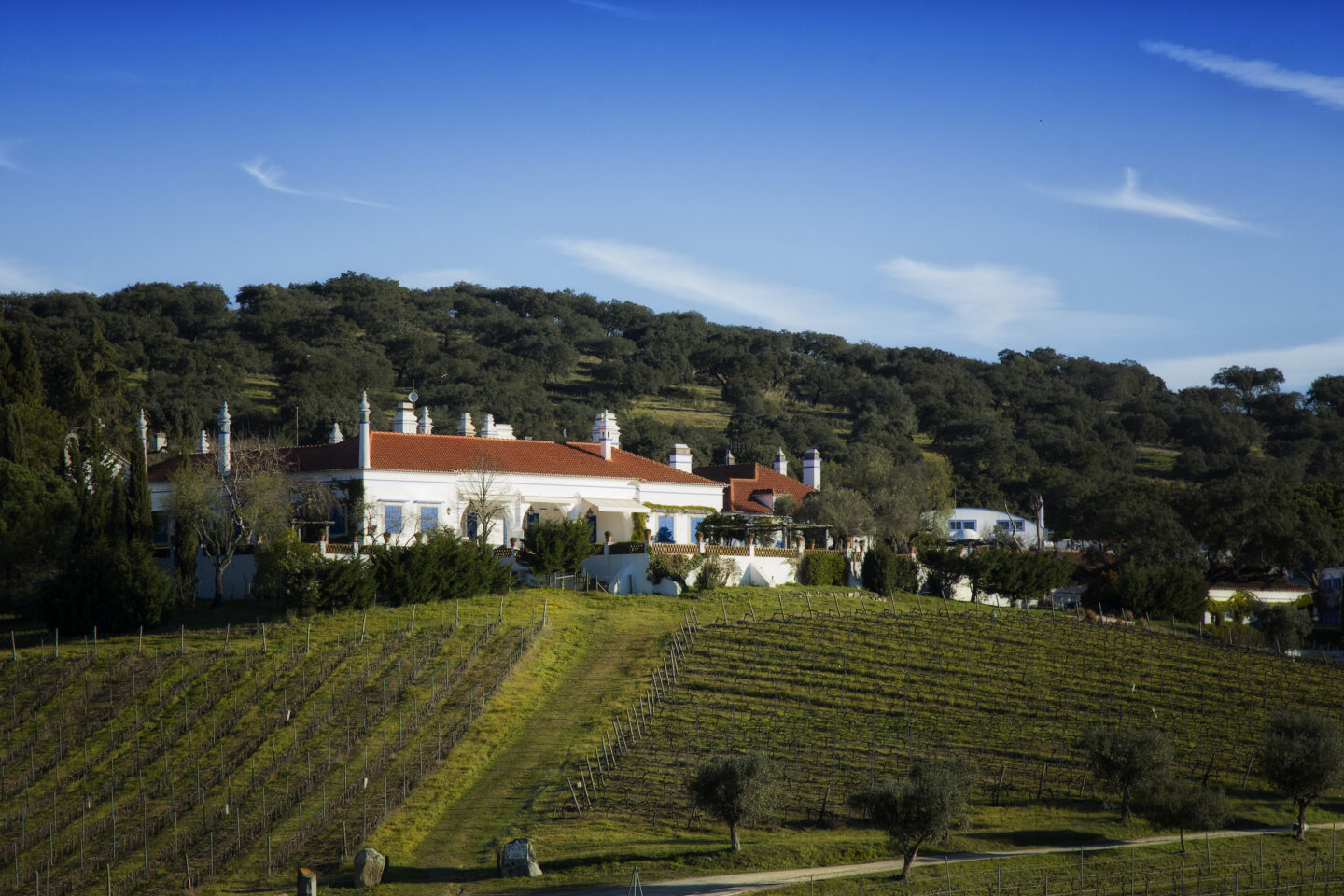
Has everything for a movie set: the Monte Ravesqueira winery.

Red wine from Portugal: small beginner’s guide
Portugal’s wine heritage offers another peculiarity: it is rarely the expression of a single grape variety. With a few exceptions (such as Alvarinho and Encruzado for whites and Touriga Nacional and Baga for reds), the strength of Portuguese wines lies in blends. It is the type of final blend of a wine made from two, three, four and sometimes ten different grape varieties. In the past, the blending of grape varieties has almost always determined the final blend. It is worth mentioning, for example, the combination of Trincadeira / Aragonez, common in Alentejo and expressed in one of the top wines of the region, the red wine Pêra Manca. The first grape variety provides a strong color, floral aromas and has good aging potential, while the Aragonez vine contributes with its aromas of red fruits, spicy notes and a balanced finish. Touriga Nacional, with violet and floral notes, balance and good ageing potential, is also often blended with Touriga Franca, an intensely colored variety, with fruity notes and well-defined tannins. The resulting blend is a full-bodied and at the same time elegant wine.
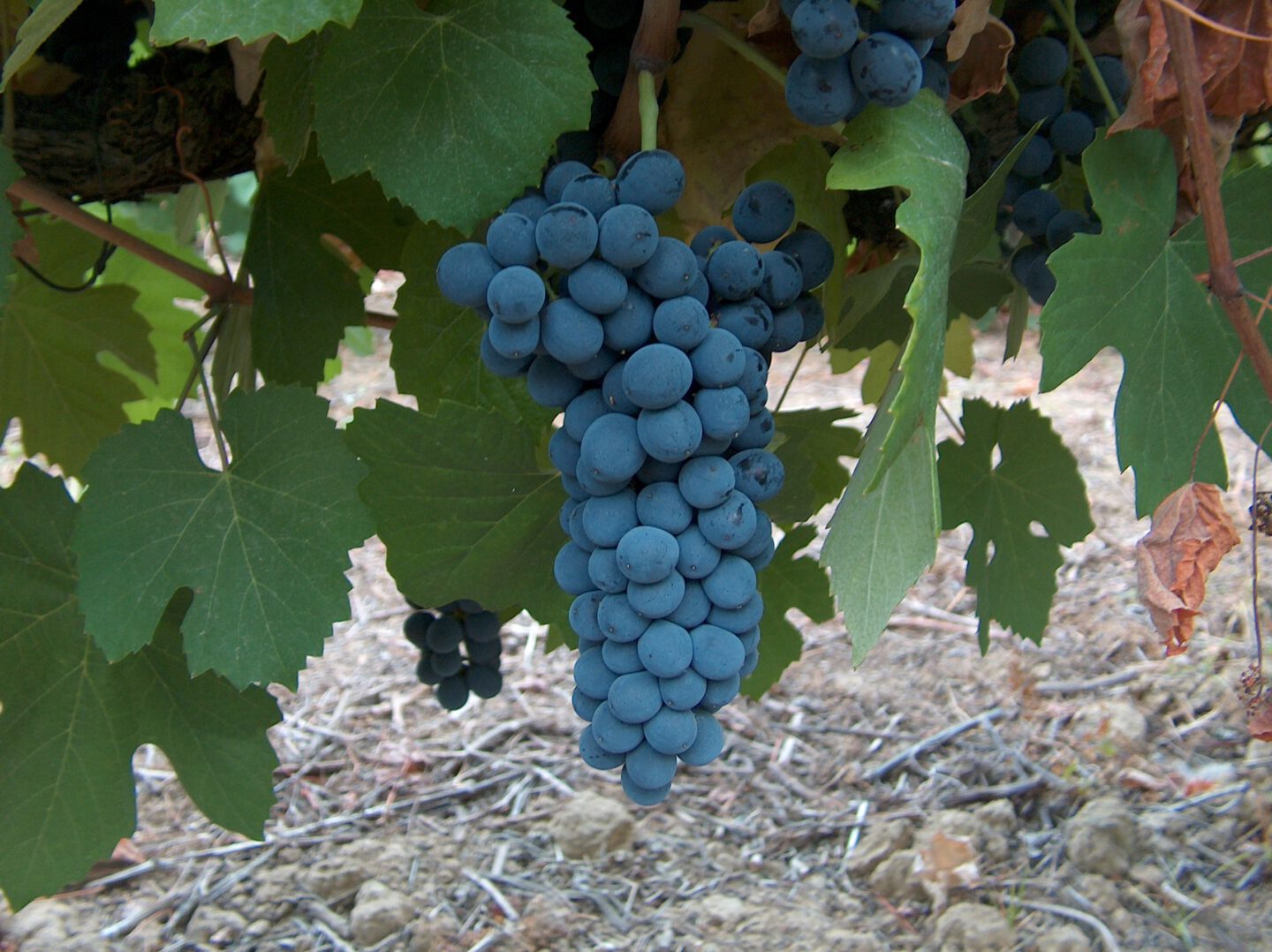
The grape variety Touriga Nacional, one of the flagships of Portuguese viticulture.
So, it can be said that traditionally more Portuguese wines are made from a combination of different grape varieties and less than varietal wines. There are always exceptions to the rule with Portugal wine, and the most notable exception is Bairrada. This wine is made from the Barga grape variety, which once held the monopoly among red wine varieties in the region. In short, most Portuguese wines are cuvées, a blending of several native grape varieties to achieve the desired flavor. In some regions, winemakers blend more than twenty grape varieties to create a balanced wine. Thanks to blending, it is possible to combine the best characteristics of each grape variety to create a Portuguese wine. While some grape varieties are characterized by their fine fruity flavor, others have more maturity, more freshness or more body and fullness to round out the final product. This means making a wine that, as a whole, is better and more magnificent than the sum of its individual parts. Something that only succeeds thanks to the number and variety of Portuguese grape varieties, which have adapted well to the different soils and climates of Portugal. For example, in the Minho region it can rain almost every day, while the left side of the Guadiana River in the Alentejo or parts of the upper Douro region often go many months without a drop of rain. The areas of Bairrada and Colares are in the sphere of influence of the Atlantic Ocean with extreme climatic variations, ergo means a lot of rain and cool temperatures. The climate in the Alentejo and Dão areas varies between Mediterranean and continental, with significant temperature variations between summer and winter and between day and night. This is the reason why Portuguese grape varieties thrive so differently in different parts of the country. They had to adapt to the geographical and climatic conditions of the regions. A process that took many centuries of slow but profound change to complete. That is why Portuguese wines are so different and special, surpassing many undifferentiated wines.

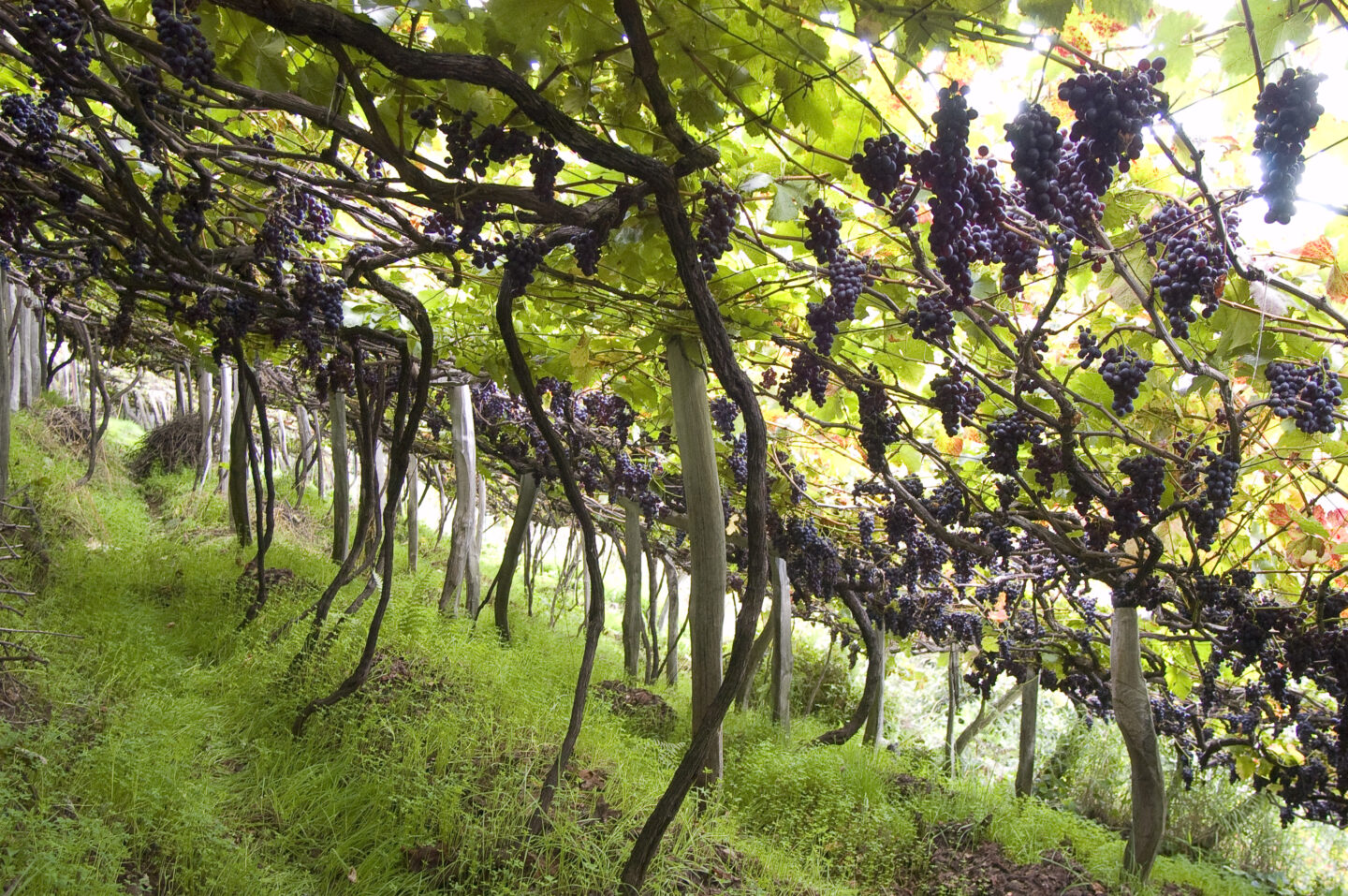
In Portugal, different grape varieties are often blended to create a red wine cuvée, which then combines the advantages of all varieties in one bottle.
Portugal Wine: red wine styles
Light, sparkling and fruity red wines
Are mostly produced on the windy Atlantic coast of Portugal, with an alcohol content that is now usually around 11 percent. One of the best-known regions for this is the Vinho Verde region in the northwest.
Rich, round, full-bodied red wines
These come especially from the hot region of Alentejo. Ripe, sweet grapes provide a rich fruit and lots of body. Mostly this results in cuvées of different grape varieties, e.g. Trincadeira and Aragonez, Alicante Bouschet and Syrah, Touriga Nacional and Cabernet Sauvignon.
Powerful red wines
These are grown especially in the Douro Valley.Typical: The best red wines from the Douro Valley have their own powerful, elegant style and often a flavor complexity that comes from blending different grapes. Sometimes from vineyards where old vines of different varieties have been planted together and then harvested together. Similarly exciting, powerful red wines also come from Bairrada. In good, warm vintages, red Bairrada made from the traditional Baga grape has a full body and high acidity and tannins, and matures into a softer, complex, spicy and malty wine of great originality. Baga wines absolutely need time to mature.
Elegant red wines
The Dão region has perhaps the greatest concentration of elegant red wines in Portugal. This is due to the distinct high altitude, granite-rich soils, cool climate and slow aging. The cuvées consist of blends of Touriga Nacional, Tinta Roriz, Alfrocheiro, Jaen and other grape varieties. The result: flavorful, fragrant red wines with good acidity and nice balance. The red wines of Palmela, on the Setúbal peninsula, can also be very elegant. Or reach for wines made from the Castelão grape variety, which is difficult to grow elsewhere but can ripen well on the sandy soils of the Setúbal peninsula, producing reds with complex, fruity aromas, good acidity and balanced tannins that develop a cedar-like character with age, not unlike that of a mature Cabernet Sauvignon.

Red wine from Portugal: my practical tests
Periquita Reserva 2019
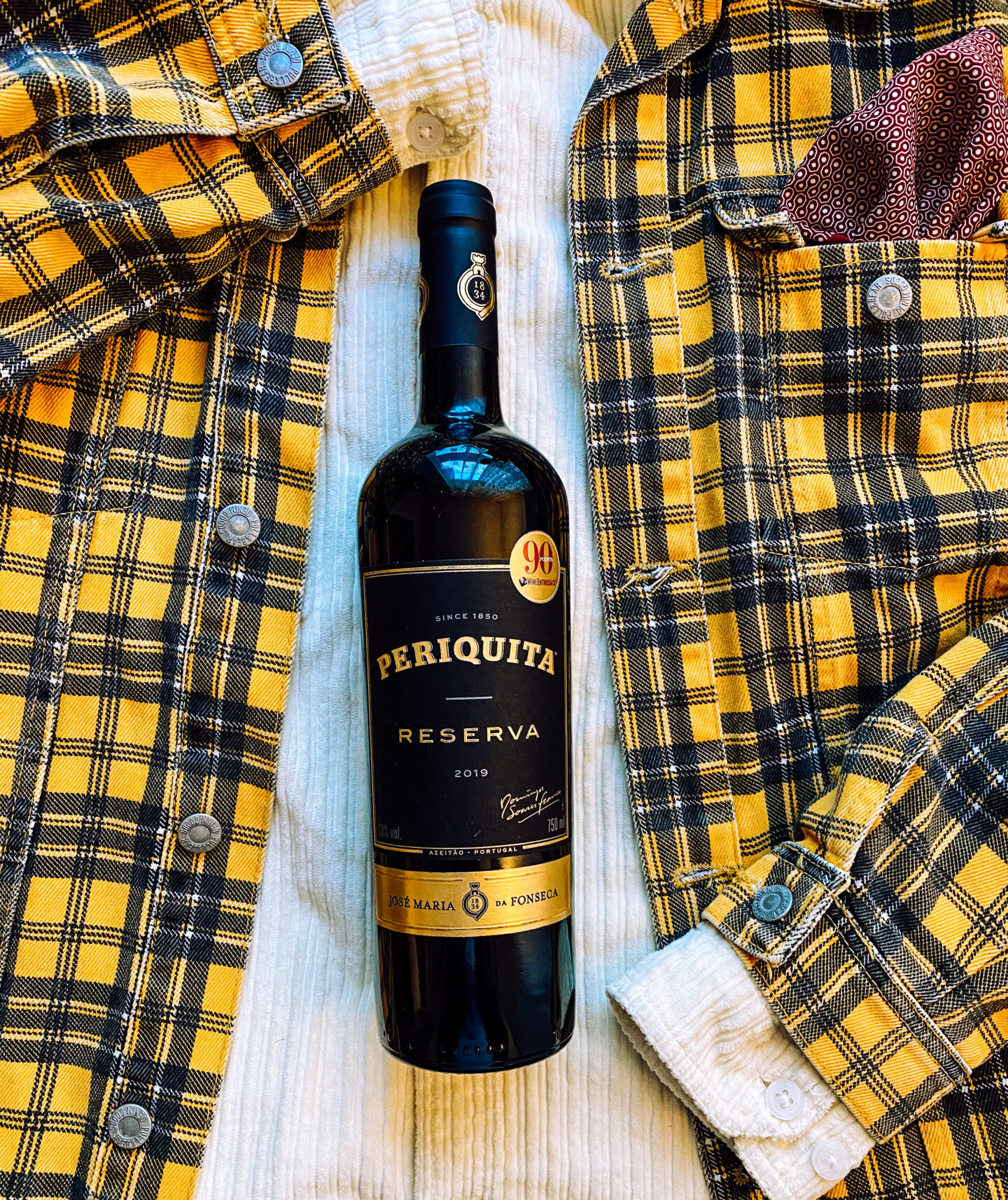
The red wine flirtation from the grape varieties Castelão (54%), Touriga Nacional (28%) and Touriga Francesa (18%)comes along upbeat and relaxed.
Because I remember so fondly my first trip to Portugal to the Six Senses Douro, I like to cure wanderlust with a glass trip. For example, with this Portugal wine tip for the wine shopping list (especially for red wine beginners) is the Periquita from the traditional winery Jose Maria da Fonseca. Wines are grown in the regions of Setúbal Peninsula – Azeitão and Alentejo. In a covered area of 9000 m2, with a capacity of 6.5 million liters, distributed in 513 tanks of different sizes and an almost completely automated operation, the most modern technologies coexist in the winery with traditional methods, such as the old wine presses and vertical presses, the latter dating back to the early 1900s. Here, every effort is made in the vineyards to produce the wines of José Maria da Fonseca. Like this tip, the Periquita Reserva: The red wine flirt for under 10 euros from the grape varieties Castelão (54%), Touriga Nacional (28%) and Touriga Francesa (18%) grew up in a sandy hood and was allowed to relax for 8 months in French and American oak until it danced into the glass. If you like upbeat, fruity red wines that are unexciting but exciting, you will enjoy this one.
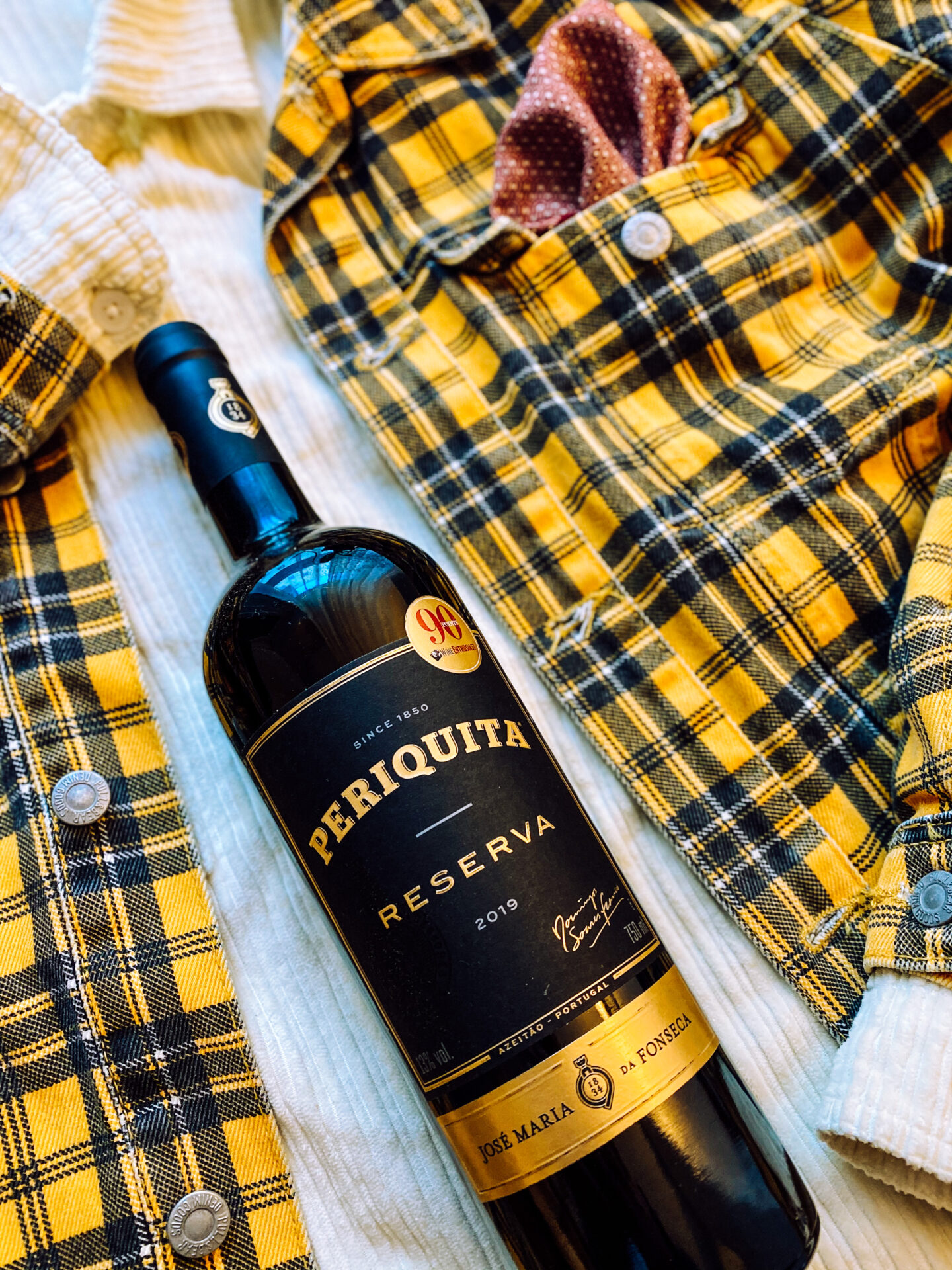
Takes you on a fun taste sailing tour: the Perequita Reserva.
Drinking it reminds me of being on a small boat, you take a sip, the sun glistens lightly on the silky river of notes of blueberries, dark fruits, violets and cassis, light smoke, and you hold your hand in the water. That smooth feeling, the glide past your fingers, with fine persistence, that’s what the wine picks up. And I’m getting wanderlust again.
Periquita Reserva 2019, Price: around 9 Euros, via www.edelrausch.de
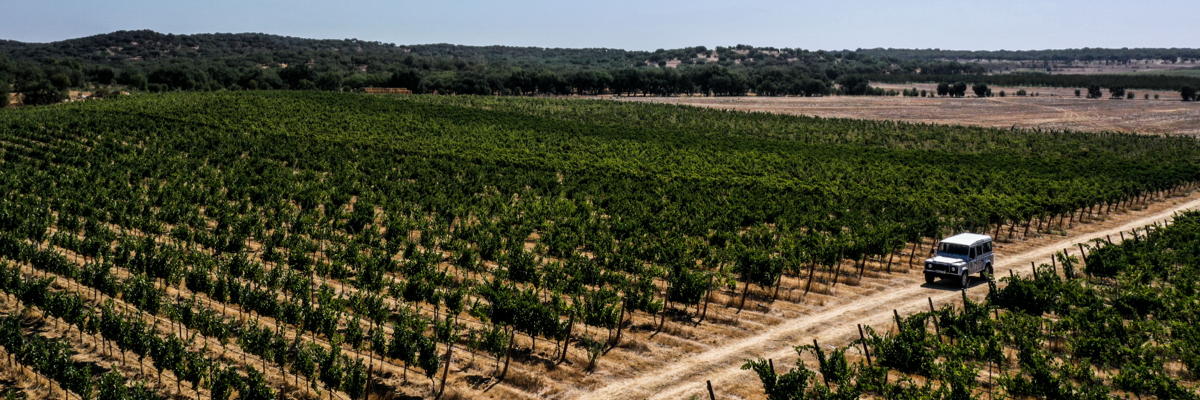
Coelheiros 2018
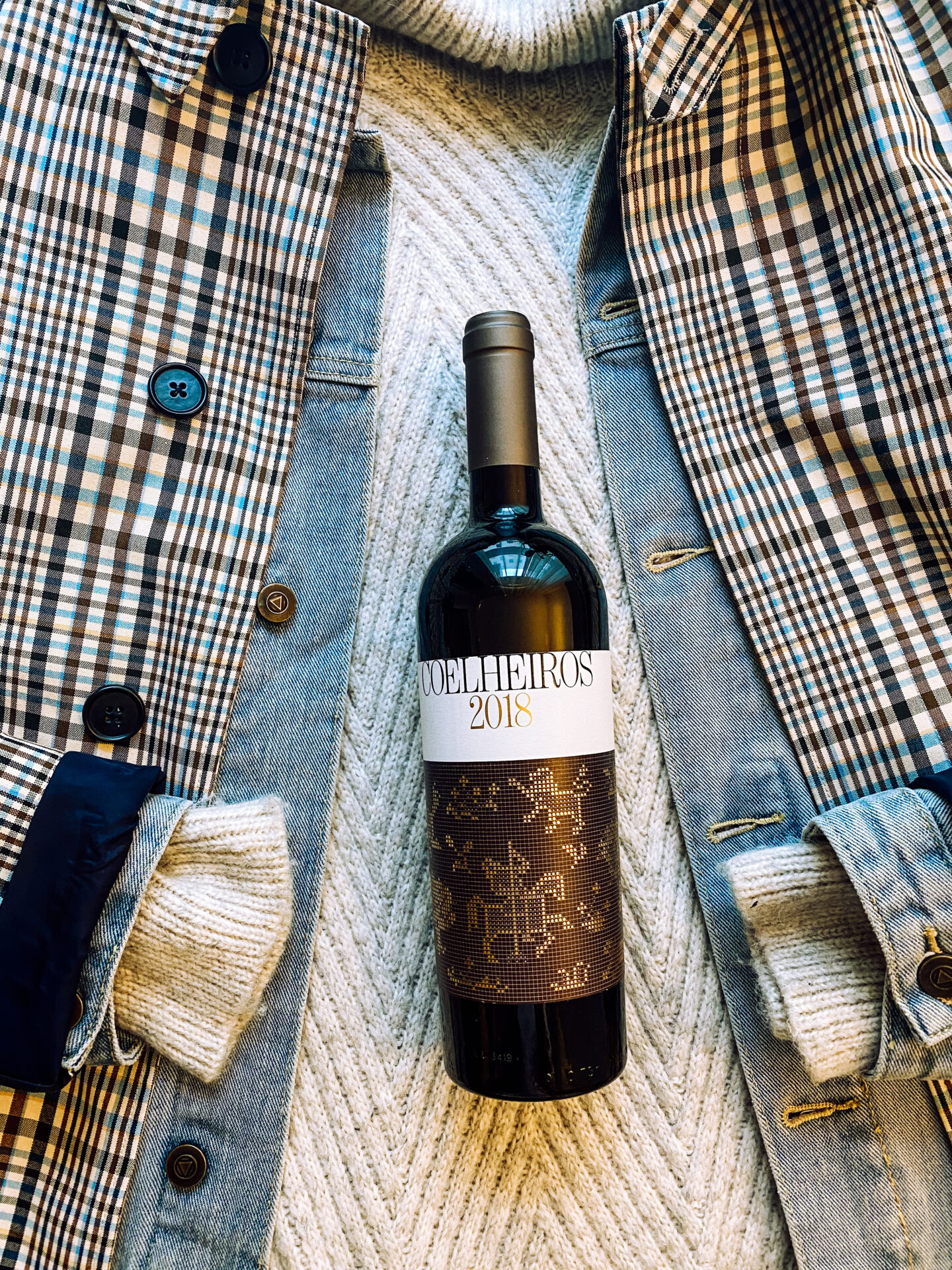
The label with the visualized stick graphic is already pure infatuation. I can spoil: The content also flirts.
Because I have just wandered virtually through exciting locations in Portugal in search of vacation inspiration, I found it quite appropriate to visit the wine region Alentejo mentally in the glass. The philosophy of Herdade do Coelheiros is based on the highest respect for nature. The team favors harmony between the vineyards, the walnut plantations, the cork oak forests and the richness of the native flora and fauna that make the terroir of Coelheiros unique. The winemakers consider it their responsibility to preserve the winery’s natural heritage and ensure its sustainability. Coelheiros is a family project with a team of professionals who have a successful history. Since 2016, the viticulture and enology team has been led by Luís Patrão, who takes over the legacy of António Saramago, the historic winemaker of Coelheiros, who maintains his connection with the winery. The 2018 Coelheiros from Herdade do Coelheiros has a chic label dress code, is also entry-level friendly at around 13 euros. A finesse-rich red wine from the varieties Aragonêz and Alicante Bouschet, which packs temperament unobtrusively, but is very light, so also times casually to the cheese tasting – for example, with Allgäu specialties – style breaks are not only exciting in fashion.
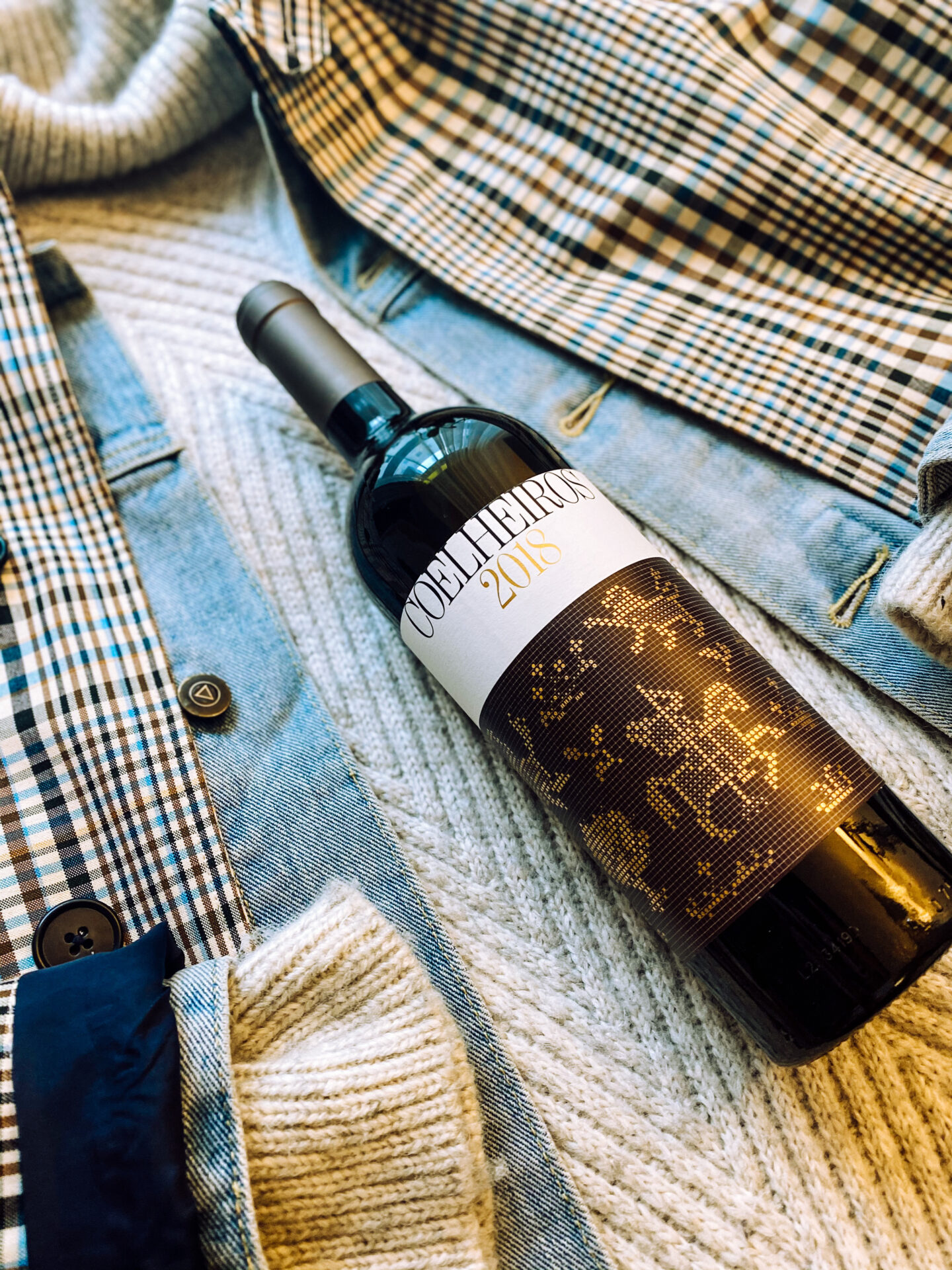
Portugal wine can also be cozy: The Coelheiro is a casually elegant match for red wine fans who like it berry fruity.
The wine from the Herdade is also a recommendation for wine-curious and beginners, who like to get a fruit basket with red, dark fruits on the sofa when drinking red wine, and even go a bit on the trail, what Little Red Riding Hood has probably thrown in there. In addition, there’s a fine pinch of spices and smoky notes. In short: a red wine on which you can sail like on the river towards the end of the day. You have to be allowed to drink it sometimes.
Herdade do Coelheiro, Coelheiro Tinto, Price: around 13 Euros, via ullrich.ch/de
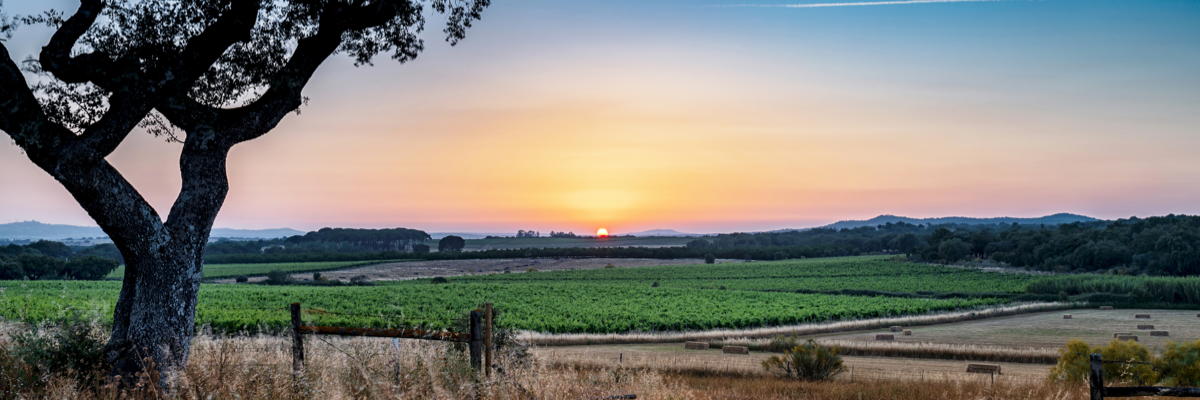
Monte do Pintor Tinto 2017
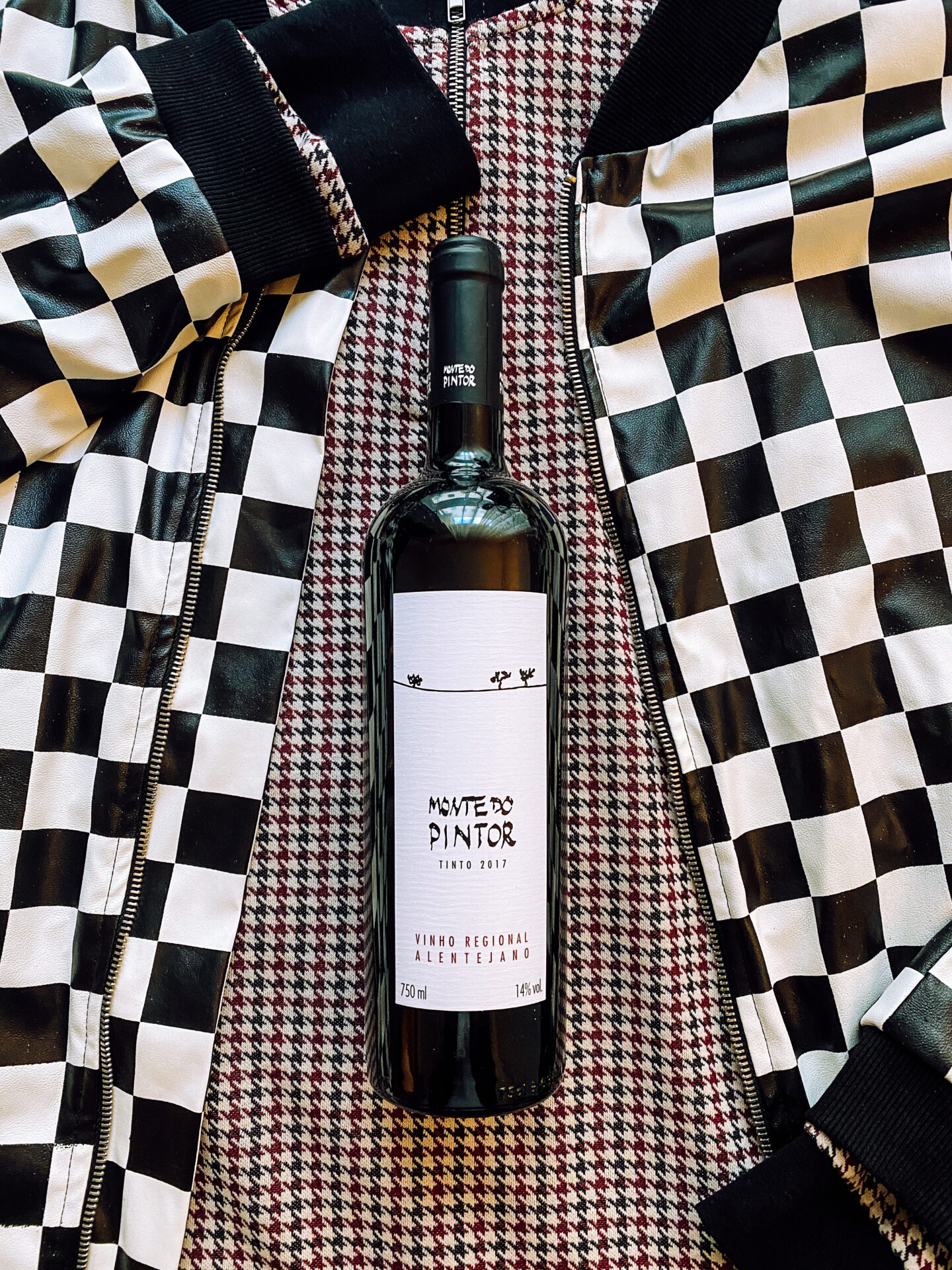
Direct label infatuation: the wine from the Alentejo is a real red wine flirt that I would date again anytime.
I have already guessed that I get along well with wines that go well with my popular Black & White look. This dress code for red wine-curious people invites you to a long-distance glass journey to the Alentejo for just under 10 euros. The Monte do Pintor estate breathes peace and calls for serenity. Only truly inspired wines can be created in such a special place. The estate is part of the Évora, Alentej growing region and is located in the Arraiolos district and there near the picturesque village of Igrejinha. Of the total of 200 hectares, 12 hectares are currently cultivated as vineyards and 80 hectares with cork oaks as well as other plant crops. The climate of this region is Iberian-Mediterranean. Characteristic are the hot, dry summers with high temperature fluctuations and the approximately 3,000 hours of sunshine per year. The vineyard of this wine tip is located on a gentle, south-facing slope and benefits from its nearly 3,000 hours of sunshine per year. The winery meets the most demanding requirements for the production of quality wines and has modern and technologically advanced equipment for aging and maturation to further enhance the quality of the grapes in such a special place. The facilities are underground to maintain a natural low temperature range and the possibility of using French oak barrels has been created. The traditional grape varieties Trincadeira, Aragonez and Castelão grow there in the Weingut Monte do Pintor in a sunny hood, are harvested by hand, then with enough time to make their wine abi.
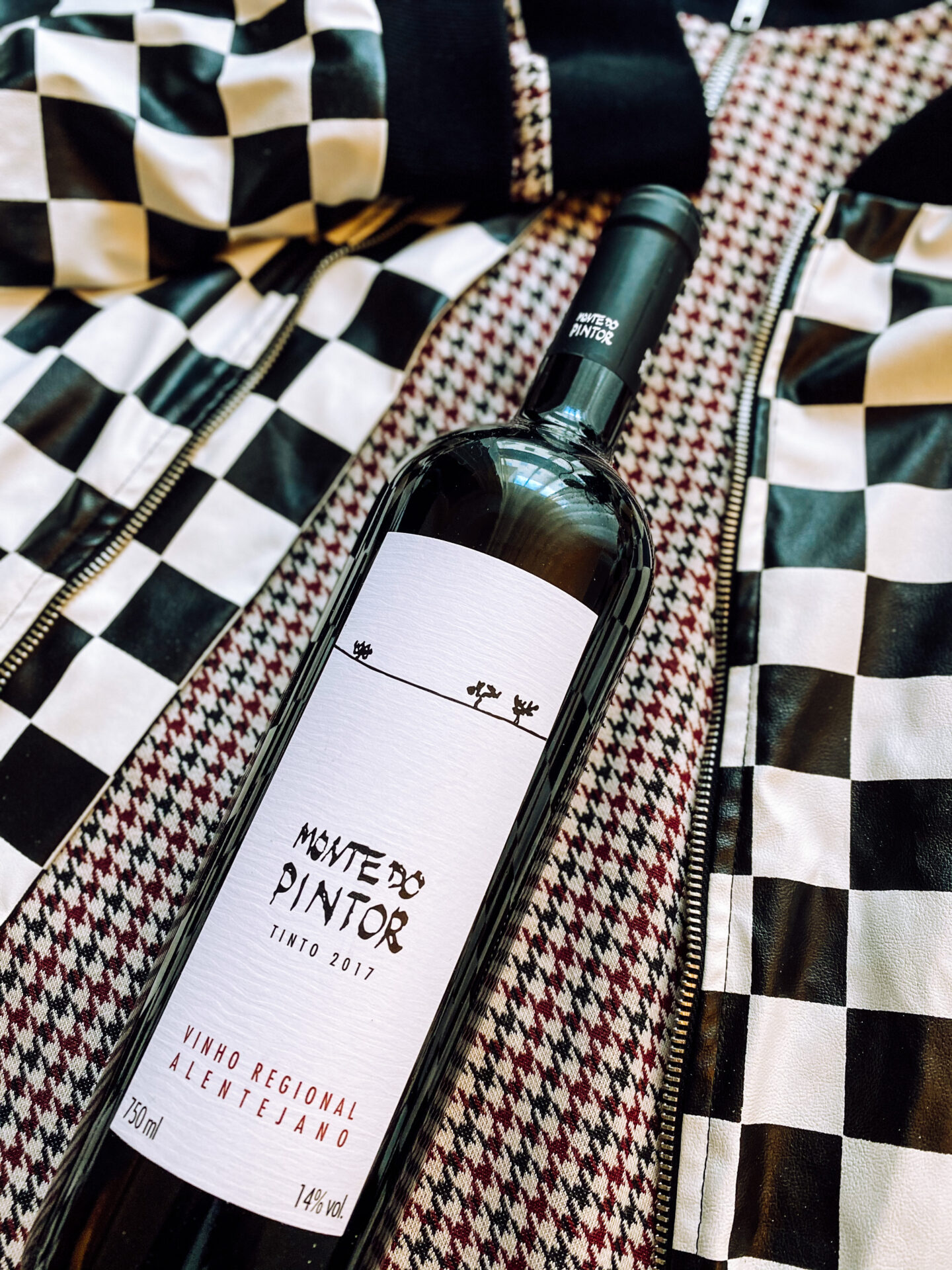
Berry-fruity, with light herbal vibes: the flavor pattern is pleasing.
After the test is completed, a deep purple red wine appears at the graduation ceremony, in which color I would directly get a suit. The Monte do Pintor Tinto 2017 smells slightly spicy-smoky of wanderlust and Portugal adventures by the river, the tannins are finely graded without making it too heavy. The orals are really fun thanks to berry-fruity notes and herbaceous spice vibes – as is the finish like cassis fruit juice. A wine for curious beginners who like it berry without having to spend three hours analyzing the bottle for its intention. This is how learning wine is fun.
Monte do Pintor 2017, Price: around 15 Euros, via www.giardino-del-vino-shop.ch
Encosta do Guadiana Privat Selection 2018
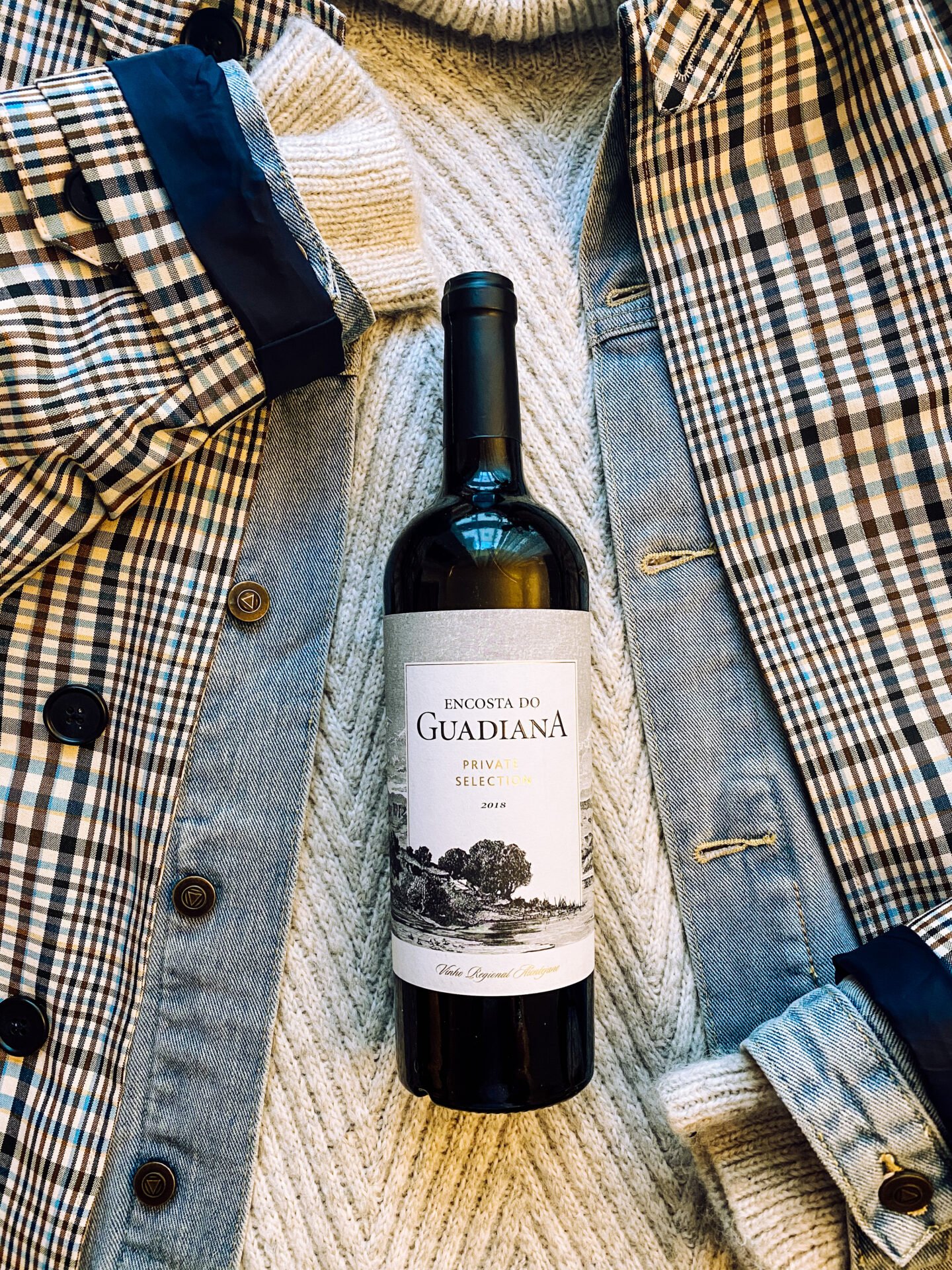
Tastes like a blockbuster of dark fruits and berries flambéed in whiskey: the Encosta do Guadiana red wine.
This red wine star from the Alentejo I took for last Christmas dinner dinner and come straight to the point: one of the best 5 wines I have tasted in 2021. Behind the wines is the Agrícola Encosta Do Guadiana. Inspired by the sun and tempered by the earth, the wines and olive oils of Herdade Paço do Conde are, according to the producer, well-structured and elegant, particularly suitable to adorn fine tables. I can also really only so sign.
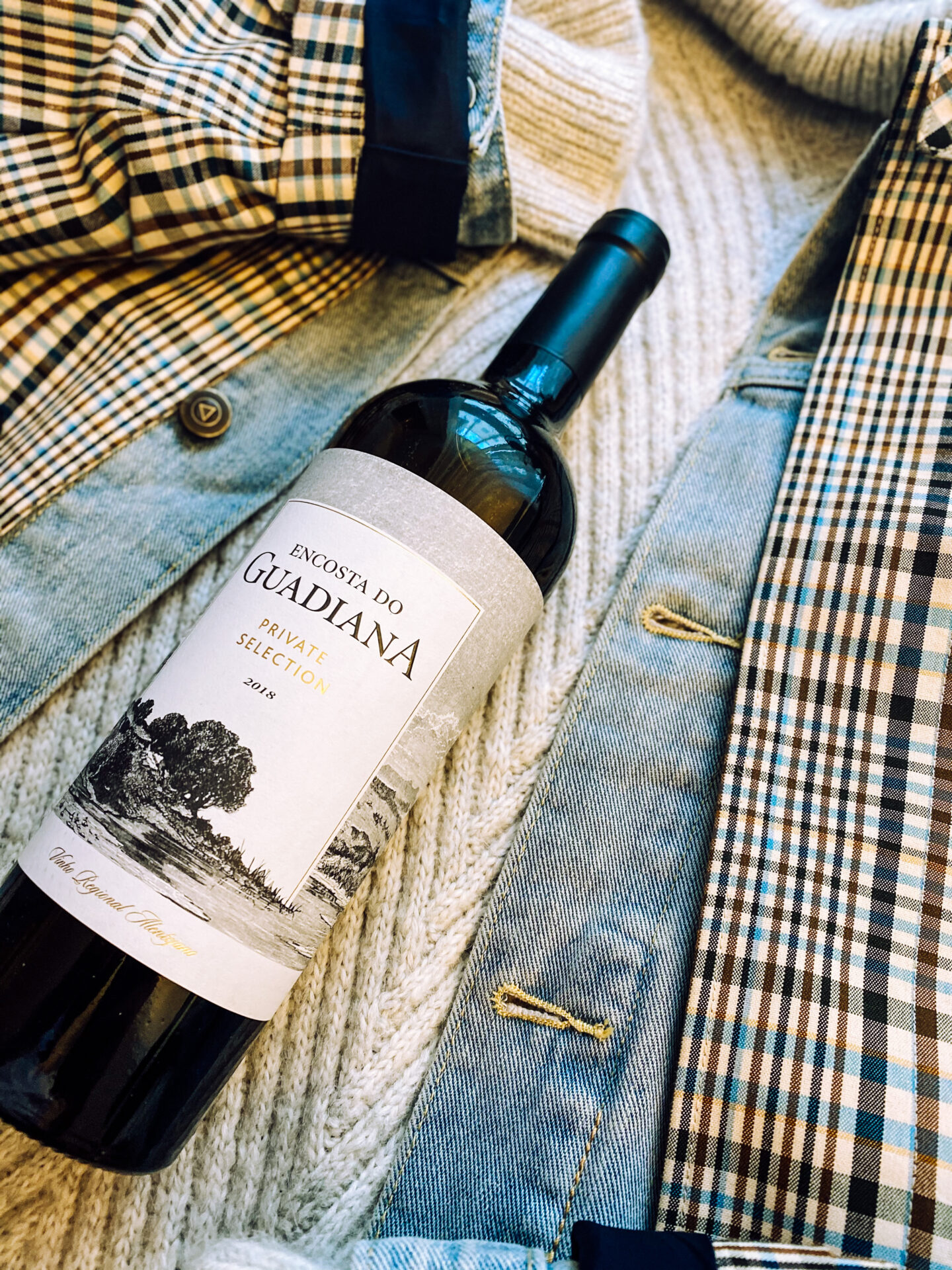
Enjoyment recommendation: Please drink this wine necessarily at least in pairs.
Alone the multi-layered, intense aroma of Encosta do Guadiana has captivated the whole table, you heard only wows. Dark fruits, spices, like berries flambéed in whiskey. This red wine, which is priced at about two movie tickets, reminds me of the new Bond film. Action, depth, exciting, bangs on all corners and edges, but always has a pinch of humor in between and awakens wanderlust. A material to indulge together and dream of a sequel!
Encosta do Guadiana Privat Selection 2018, Price: around 19 Euros, via www.velvetbull.de
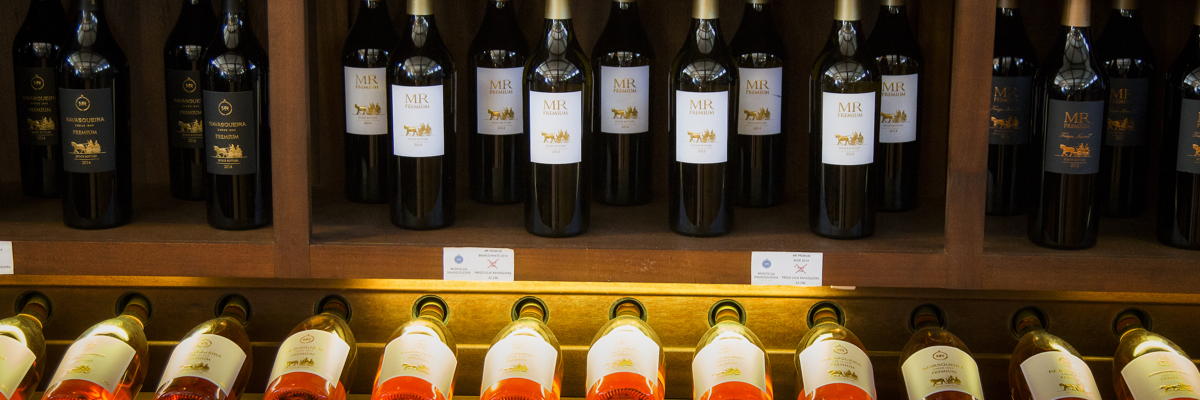
Monte da Ravesqueira
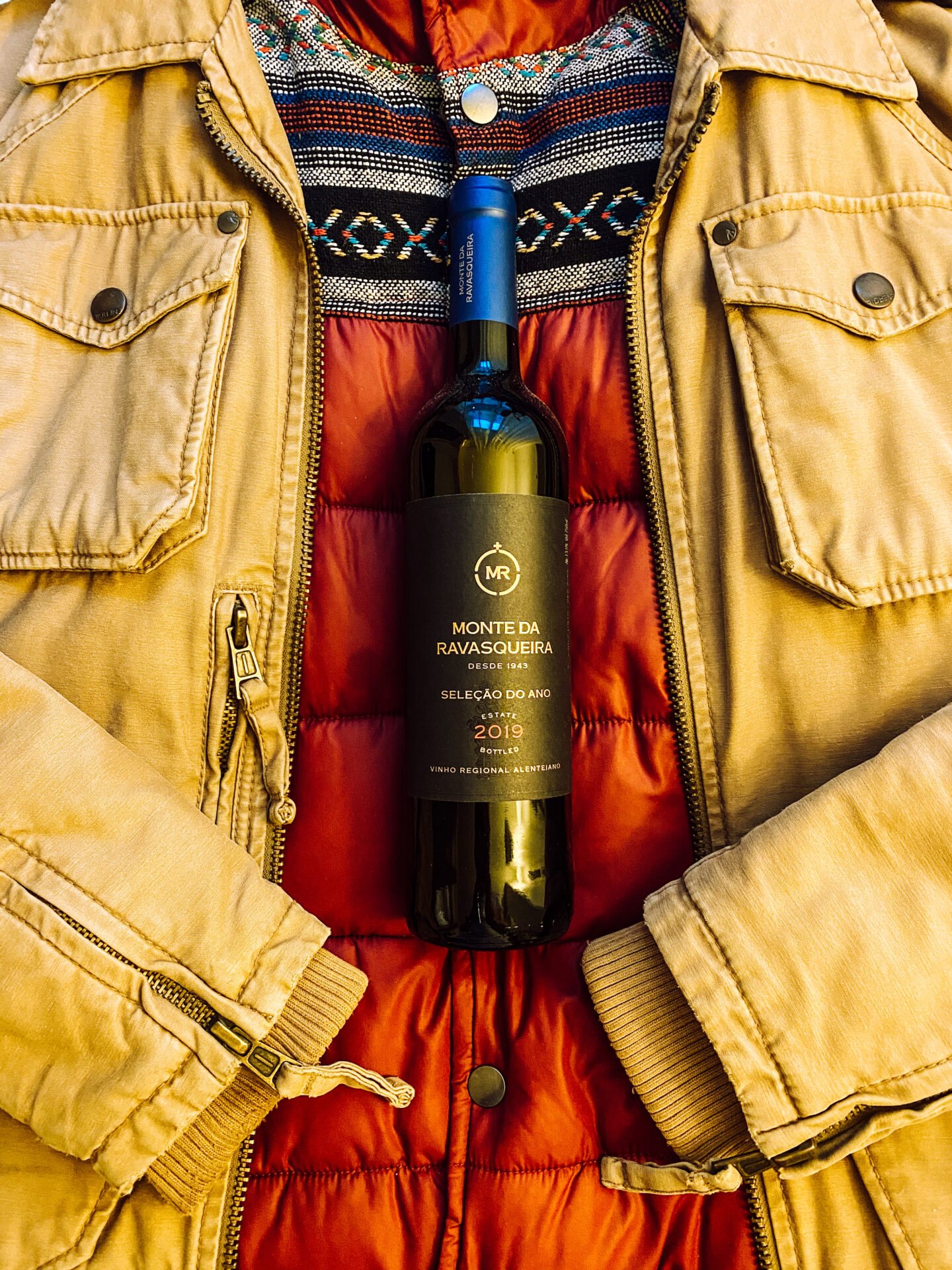
Softly elegant like a down vest: the Monte da Ravasqueira
Owned by the José de Mello family for three generations, Monte da Ravasqueira covers an area of about 3000 hectares in typical Alentejo landscape. Under the direction of wine expert Pedro Pereira Gonçalves, the Monte da Ravasqueira winery has invested a lot of money in the technical equipment of its wineries and has put a lot of effort into taking care of the traditional vineyards. In the Tejo wine region, the winery takes care of the regional grape varieties and can boast of high-quality processing. The Portugal wine tip for beginners, the 2019 Monte da Ravasqueira, grows up on a playground of sandy loam with rocky granite influence. Sounds tough, but yields a finesse-rich smooth, elegant wine. The grapes are hand-picked, and only those that show the greatest aromatic intensity of the variety when the berries are tested are harvested. This is followed by cold maceration before fermentation at low temperatures for 2 days and individual fermentation of the varieties in small barrels. 20% of the batch is aged in French oak barrels.
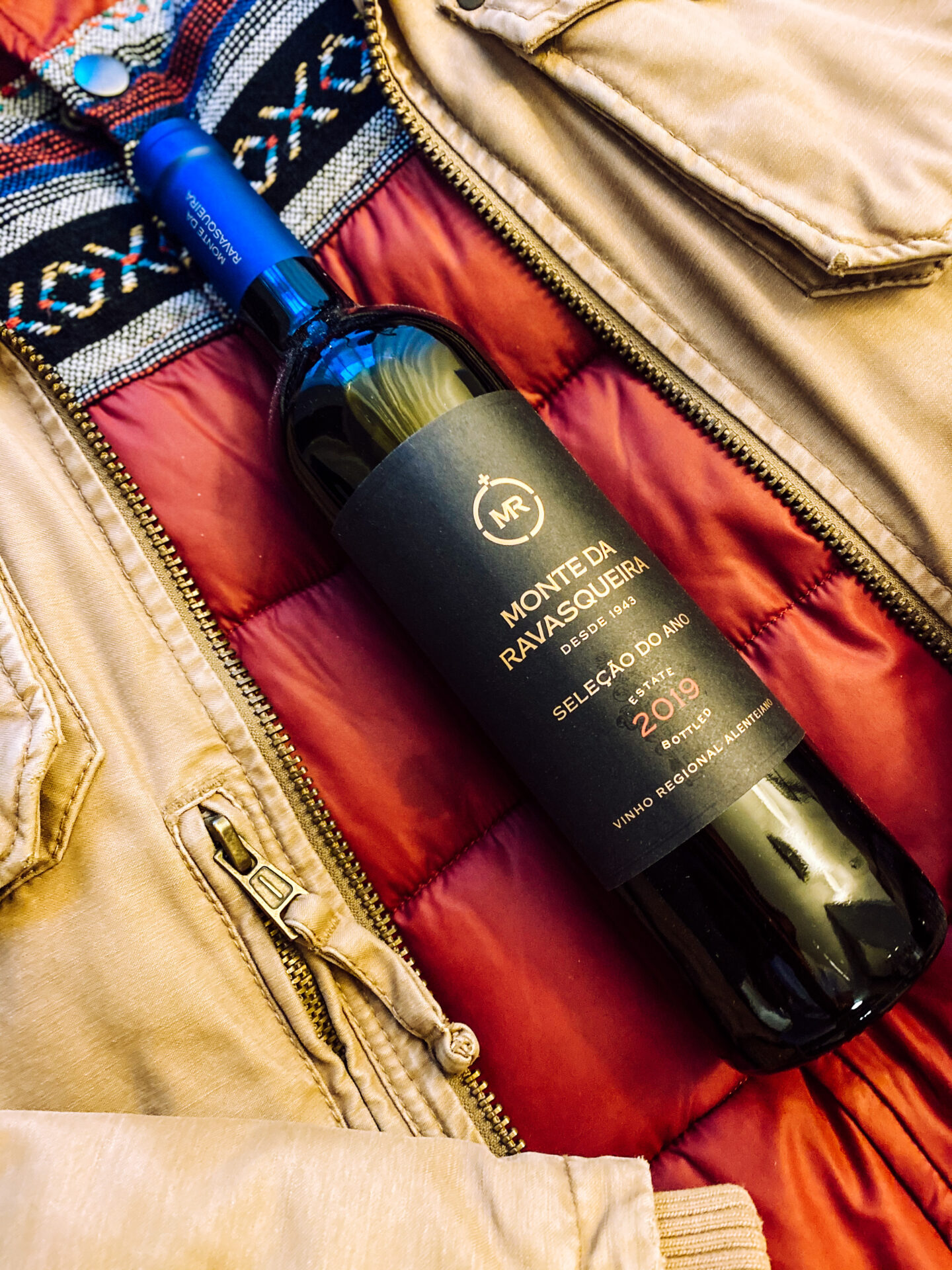
Portugal wine open to additions of cheese and co: the Monte da Ravasquiera 2019.
And what does the mix of Touriga Nacional, Aragonês, Syrah & Alicante Bouschet bring to the pitch? In any case: playfulness in dark red jersey. On the nose there is elegance and balance between notes of wild berries, plum and fig, plus a dash of wood, but all very unexcited balanced – makes you feel good. The Portugal red wine relies on a tactic of texture and richness, which also works. The velvety offensive urge is also looking forward to passes with cheese or ham, you can look forward to exciting flavor double passes.
Monte da Ravesqueira 2019, Price: 7 Euros, via www.portugalvineyards.com/de
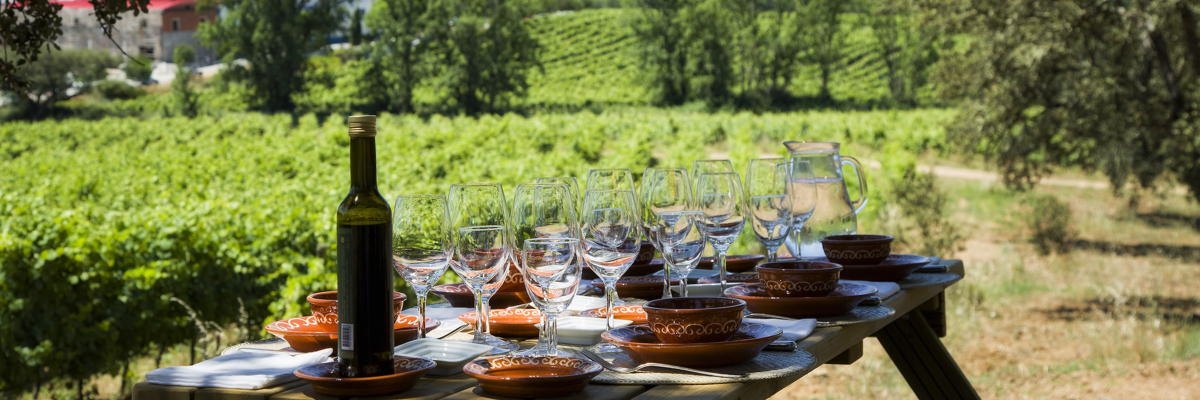
Cartuxa Evora Tinto 2017
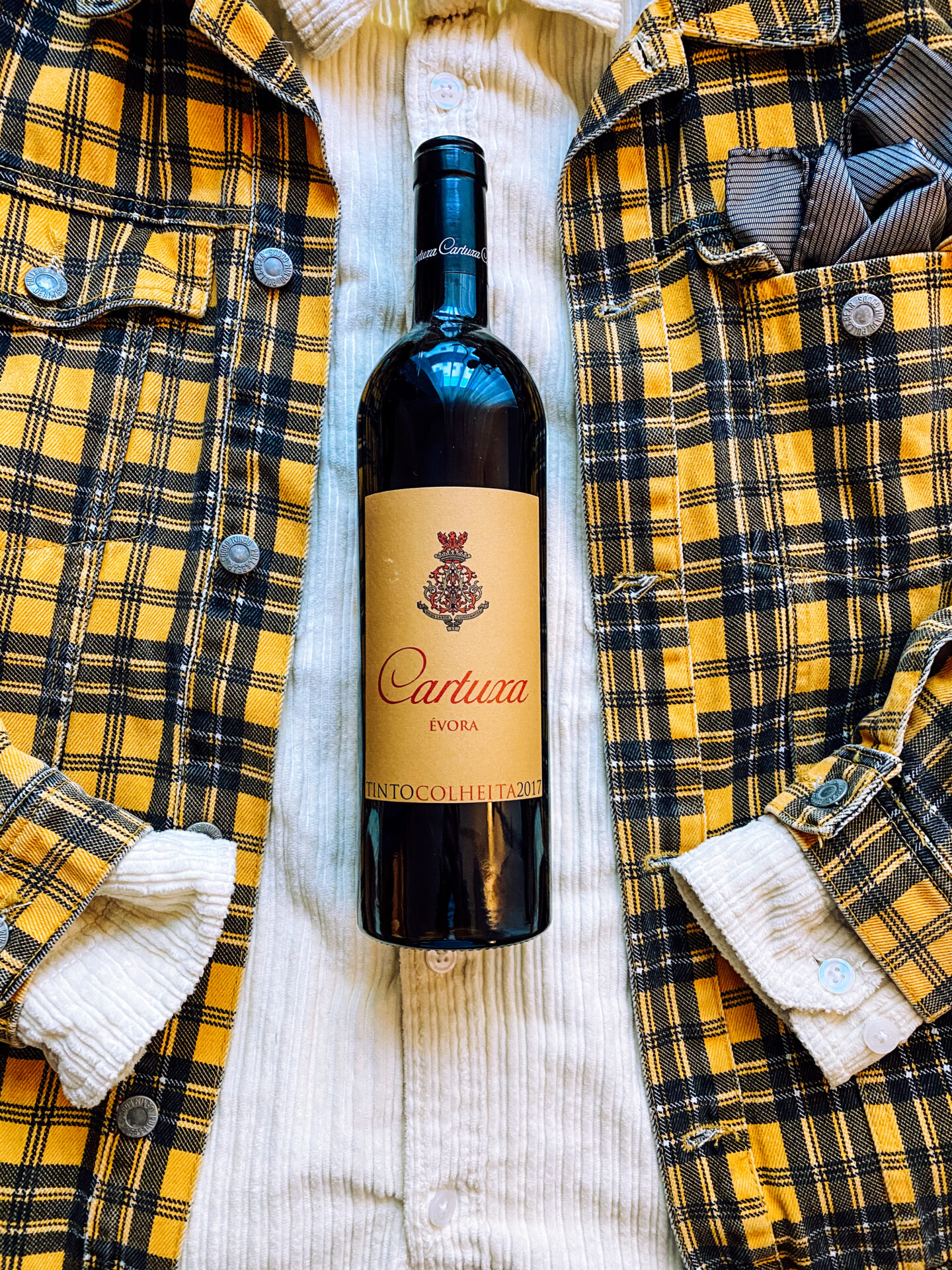
An elegant suit woven from Aragonês, Trincadeira, Alicante Bouchet and Alfrocheiro: the Cartuxa Evora.
Everything on the red card against a yellow background – and yet bull’s eye: Cartuxa reflects the tradition and famous quality of the first people who made wine in Cartuxa – Carthusian monks who founded the monastery of Santa Maria Scala Coeli in 1598. The wine, which is part of the wine portfolio of the Eugénio de Almeida Foundation, was first produced in 1986 and is now a classic Alentejo wine. The selection of grapes for the production of Cartuxa red wine is carried out according to strict criteria. Before fermentation, skin maceration takes place to maximize the potential of the wine. Fermentation takes place in temperature-controlled (27oC) steel tanks with frequent pumping over of the must. The alcoholic fermentation of the red grape varieties that make up Cartuxa is carried out with natural yeasts to emphasize the authenticity of the terroir of the Eugénio de Almeida Foundation. Once fermentation is complete, a longer maceration period follows to improve the bouquet of the wines. All procedures in the winery are based on gravity to ensure the health of each grape and its highest quality.
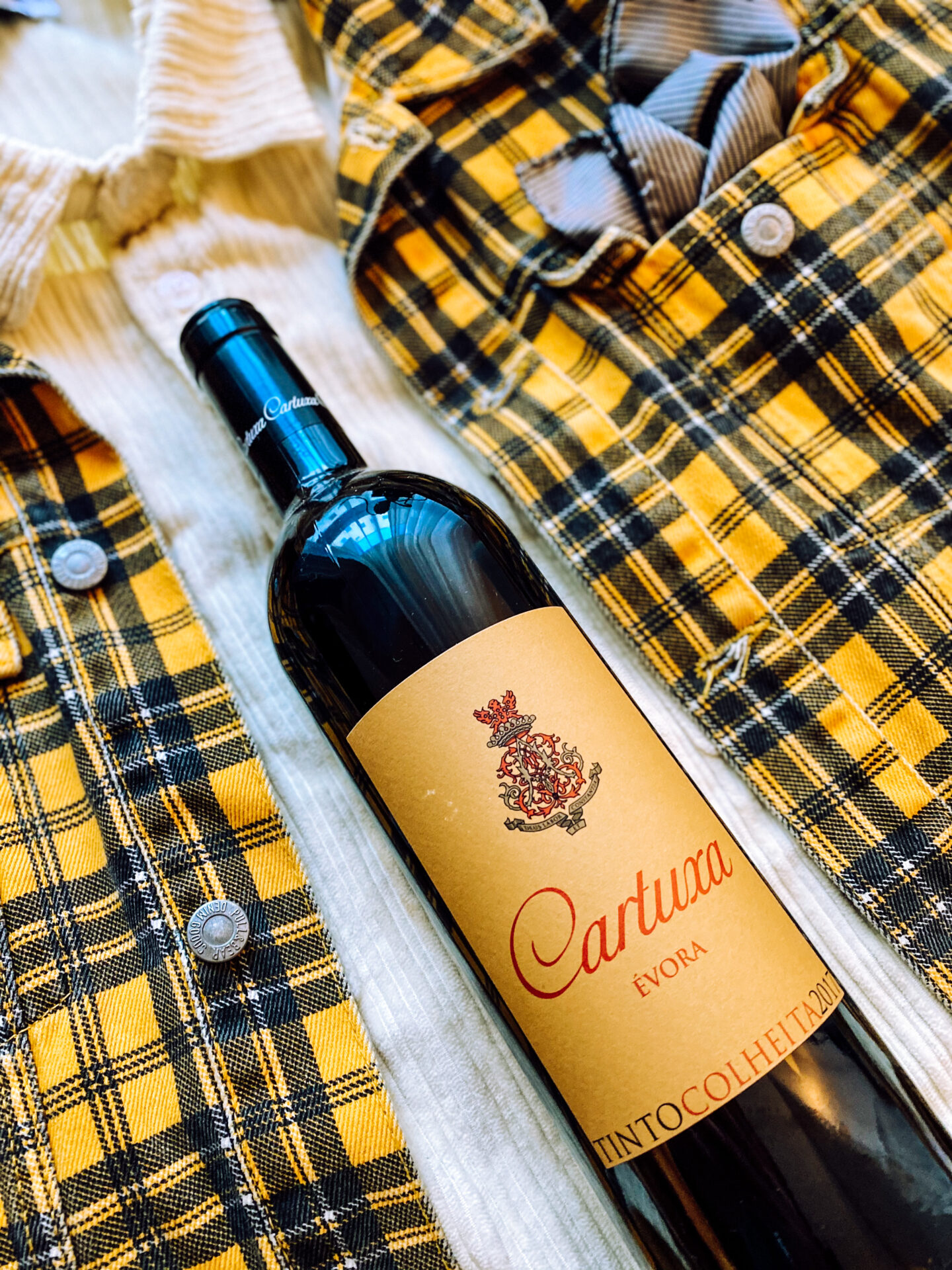
Alentejo red wine is a successful combination of elegance and casual style.
The red wine ‘Cartuxa Colheita Tinta’ 2017 is one of the flagships (along with the legendary Pêra Manca) of the house Cartuxa from Evora in Alentejo. The appearance: a suit of deep, dark ruby red. Aromas of ripe red berries follow as a welcome, curious without being intrusive. On the palate, the conversation begins very concentrated and elegant, but always retains an unexciting note. Barrel aging has given the red wine round and balanced tannins that immediately ring repeat bells after the finish. The red wine soundtrack of Aragonês, Trincadeira, Alicante Bouchet and Alfrocheiro is simply well composed, finesse is provided by the 12 months in large wooden barrels and French oak barriques and the subsequent 12 months of aging in bottle. Class must also learn wine just slowly.
Cartuxa Tinto 2017, Price: around 20 Euros, via www.boller-weine.de
*The contribution to the Portugal wine was created with PR samples of the wines, but the opinion reflects as always my honest and objective feeling